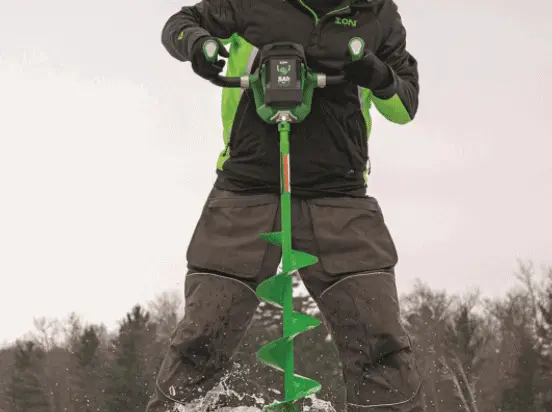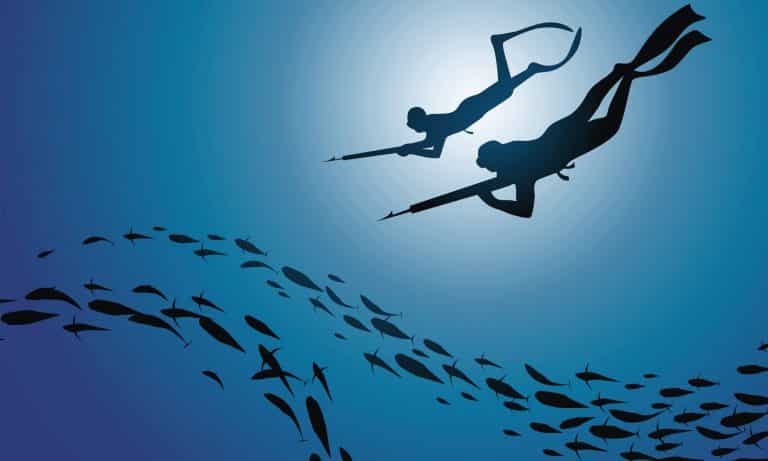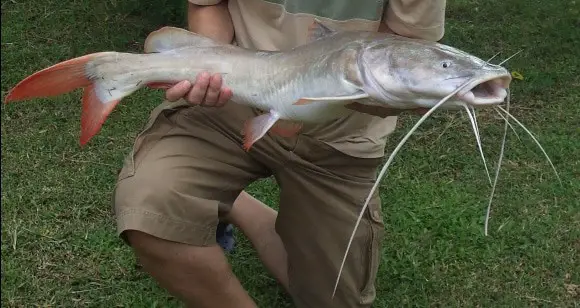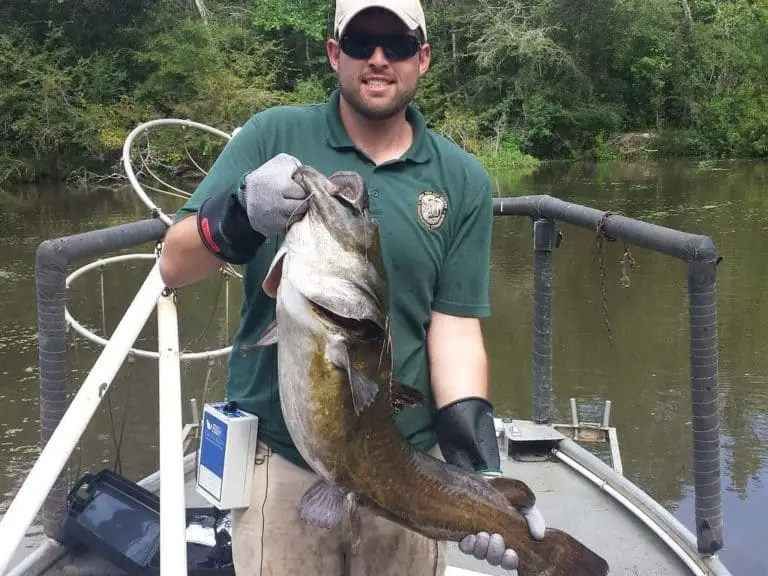How To Rig A Crappie Jig
A jig is a piece of equipment that is made from two main parts which are the head which is a weighted hook and eye usually made from painted or plain lead and the body which consists of a soft bait such as grub. Some jigs even incorporate a blade or spinner on the head to help them move like crankbaits.
Once you start using crappie jigs, you’ll find that you will use them on a regular basis because of how successful they are and how well they work. However, knowing how to rig it is what really separates a good angler from a great one as you’ll find that your success rate will increase exponentially and you’ll be using it to its full potential.
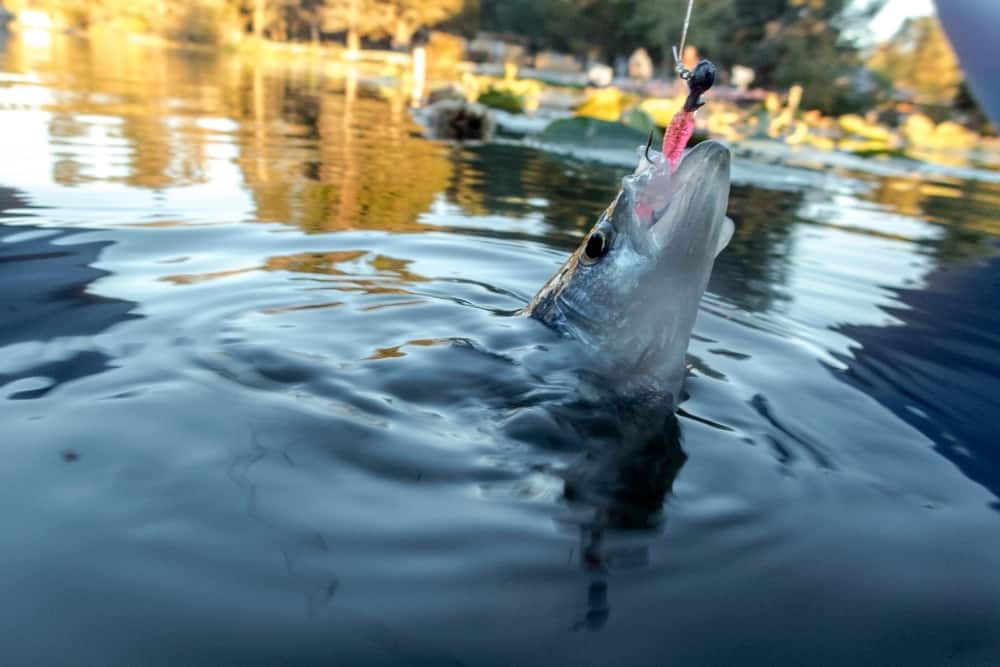
In this guide, we’ve gathered everything you need to know about rigging a crappie jig so you can start to experiment with your own fishing style with lots of success.
Table of Contents
How do you rig a jig and minnow for crappie?
Rigging a jig for crappie is essential for all anglers to know if they want to improve their success rate. The best way to know how to rig a jig for crappie is to first understand why it’s recommended and what benefits it brings.
It can help with trolling, tightlining and slip floating among many more techniques. Depending on what you want to rig your jig for, the setup can differ but the basic instructions are pretty much the same so it shouldn’t be too hard to alter depending on the situation.
The first thing you should do is purchase a basic rig such as the Eagle Claw Crappie Rig or the Bullet Weights Mr. Crappie Rig which are inexpensive and intricately designed making them perfect for anglers of all abilities. Tie them to your line and then attach a small weight which will make them perfect for minnows and crappies.
You could also make your own and then experiment with various rigging styles such as the Kentucky rig which works best when fishing the bottom of the water or swapping the regular sinker for a pencil sinker which means that there is less chance of snagging.
How do you rig 2 jigs for crappie?
Rigging two jigs can take some time to do but it will strengthen your line as well as doubling your chance of success of catching fish, especially larger ones. Knowing how to rig two jigs for crappie correctly is going to ensure that you face no issues when you cast your line.
Here are four simple steps so you can use two jigs in no time:
1. Creating a bight
The first thing you need to do is create a bight in your leader line. A bight is a bend or loop in the fishing line that is then knotted to secure the jig. When rigging two jigs, use the Figure Eight knot on the bight. This means that you tie your main line but helps to prevent your jigs from tangling by ensuring that the length of the leader line is longer.
2. Tying your jig heads
Next, you need to tie your jig heads onto the ends of your leader lines. There are many knots you can use to do this but an Improved Clinch Knot works particularly well with this as they ensure that they are especially secured.
3. Tying your casting line
Thirdly, tie your casting line through the loop of your Figure Eight Knot and insert your plastic lures. Using two different colors with one light and one dark will give you more chance of success as you can see what kind of color works best in the water where you are fishing as well as helping to prevent them from tangling.
4. Put it to use
And that’s all done! You’re ready to go so all you need to do is tie the jigs to your rod and have fun fishing or you can store it in a bag if you want to use it at a later date.
What is the best rig for crappie fishing?
Knowing the best rig for crappie fishing is going to make a big difference in your success rate as well as making your fishing more enjoyable.
The Slip Float Rig is the best rig for crappie rushing because you can adjust the depth accordingly and has many different applications for a variety of fish so you can make the most out of versatile fishing, especially crappies. The Slip Float Rig is incredibly secure and can withstand all kinds of weather conditions and different kinds of water.
Once you’ve set up your rig then accompany it with a Thrill Center Slider slip float which means that you have extra security as well as preventing any tangling. The adjustability of this pairing can be altered between a foot to more than 30 feet.
How to tie a double minnow rig for crappie
Tying a double minnow rig for crappie is all about choosing the right kind knot to ensure that it is secure as it can be quite heavy compared to other rigs. Using a Palomar Knot on the top and bottom means you will have support for the whole rig as well as ensuring that it won’t get twisted on the line.
Making sure that the jigs are the same weight will ensure that there is more balance when you cast your line and helps to reduce the chances of snagging.
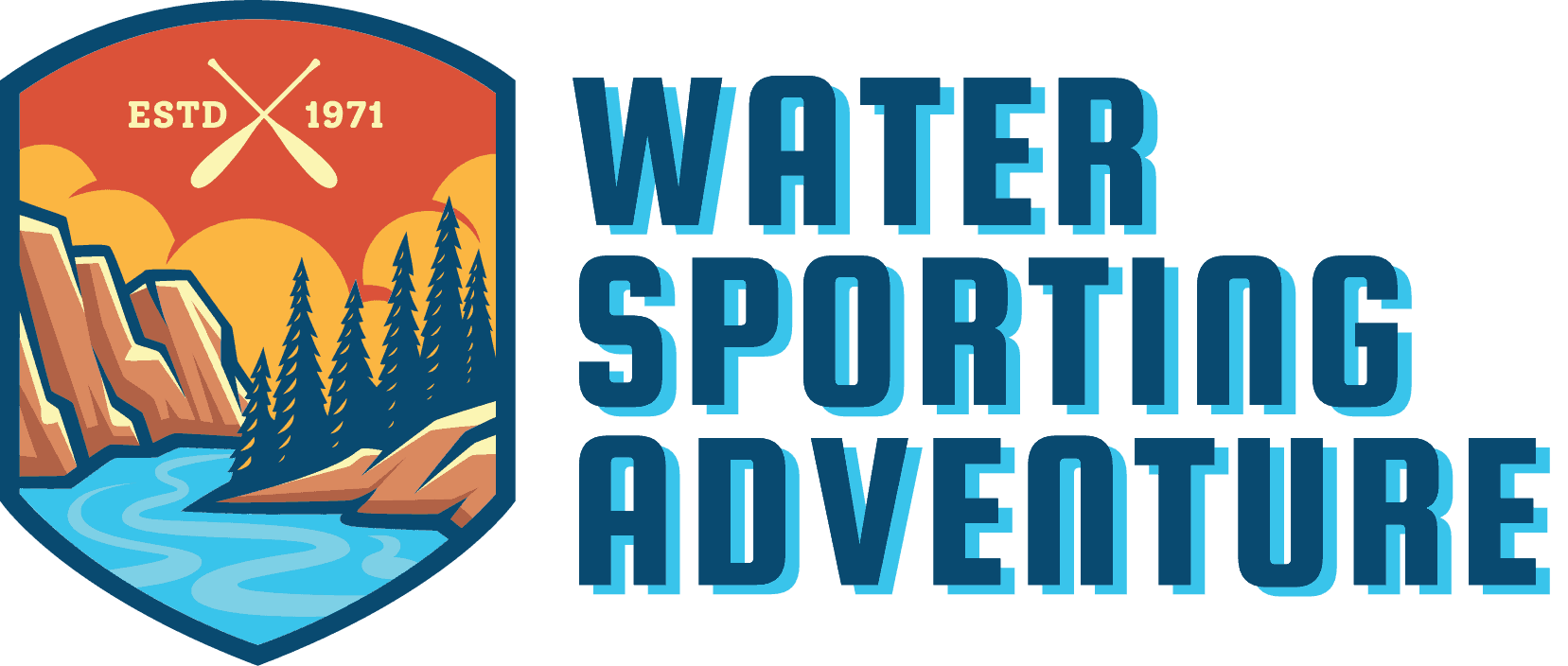
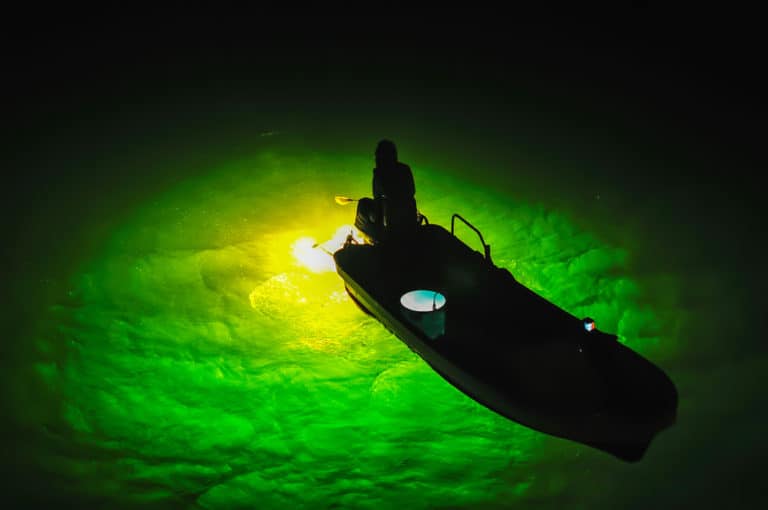
![Best Fishing Kayak Under 300 [Top 8 Sit On Top Kayaks]](https://watersportingadventure.com/wp-content/uploads/2020/02/Kayak-fisherman-tif-e1610121026375-768x446.jpg)
